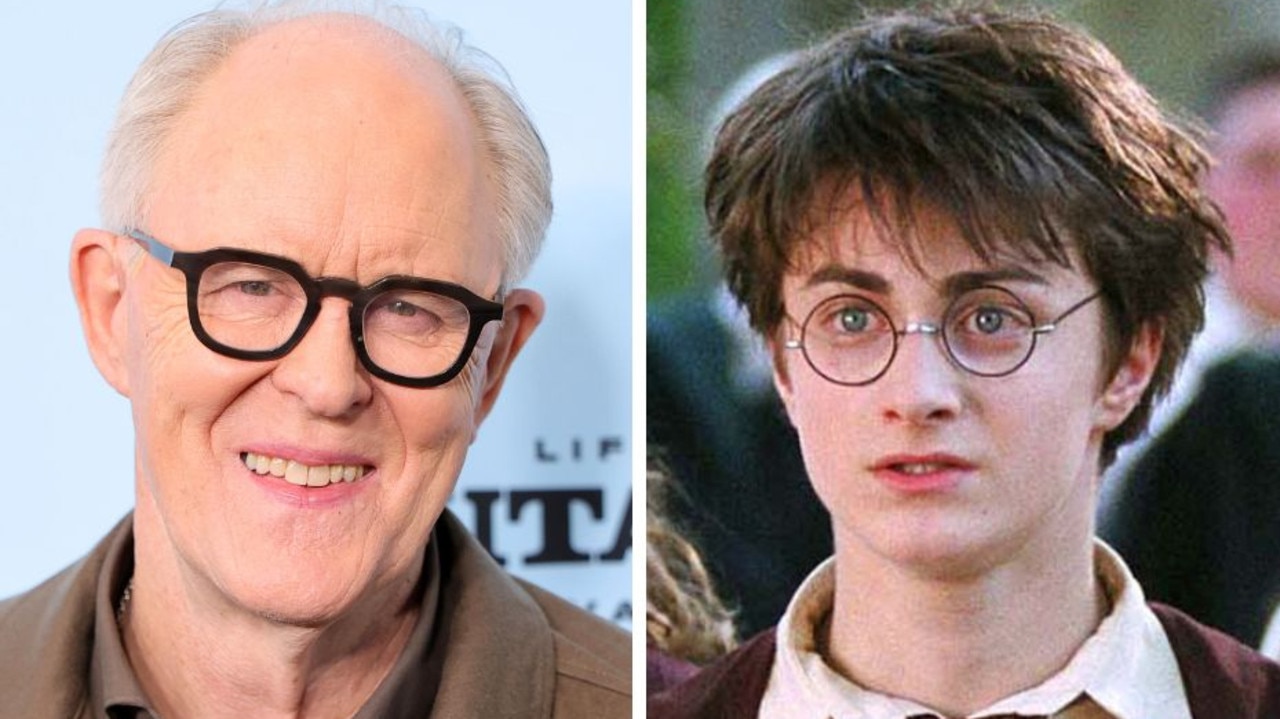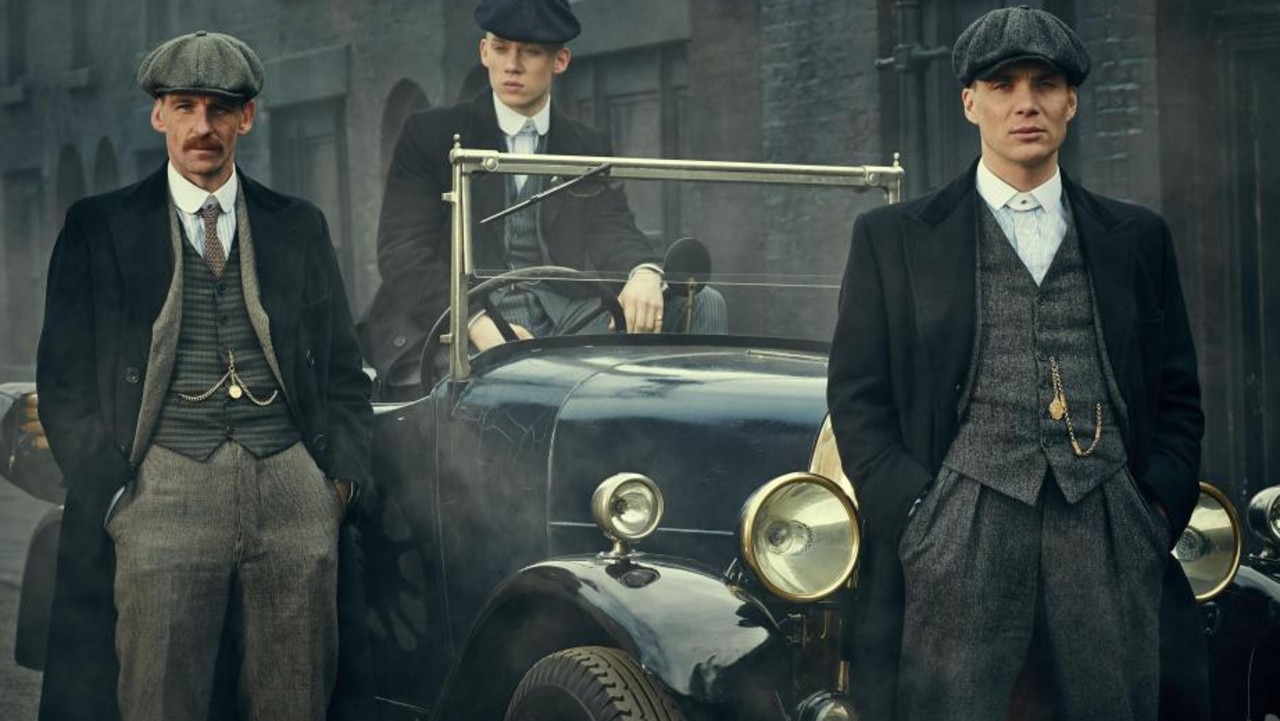British monarch who gave up throne for love
He was once King of England, but when he died Edward VIII was better remembered for abdicating the throne to marry an American divorcee.
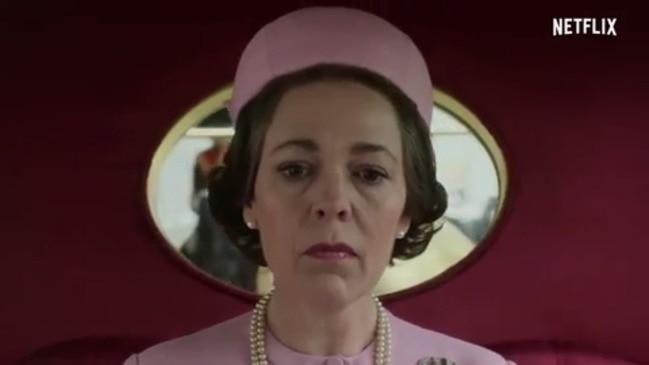
The Duke of Windsor, Edward VIII, has been described as both a pleasure-seeking playboy and Nazi sympathiser.
And while he once ruled over the millions of inhabitants of the British Empire, the former King is best remembered for giving up the throne in order to marry an American divorcee — a decision so controversial it led to a royal rift and the former monarch’s exile.
LOVE STORY OR CAUTIONARY TALE?
In June 1931, the then-Prince of Wales met the woman who would change his life.
The Prince, known in the American press as the “arbiter of men’s fashions, idol of bachelors and dream of spinsters”, was introduced to American Wallis Simpson at a party.
Mrs Simpson, a charming and charismatic socialite, immediately captured the future king’s interest — and later, his heart. But Simpson was already married to English-American businessman Ernest Simpson.

By 1932, Edward and Wallis had “undoubtedly become lovers”, a pairing the monarchy and the government disapproved of.
To most British politicians, and the Church of England, which had doctrines against divorce, a twice-divorced American woman was unacceptable as queen of England.
The Queen Mother considered her to be “the lowest of the low, a thoroughly immoral woman” from the start, and reportedly did her best to avoid meeting Mrs Simpson.
“I do not feel I can make advances to her and ask her to the house,” she wrote to her mother-in-law, Queen Mary, “and this fact is bound to make relations a little difficult.”
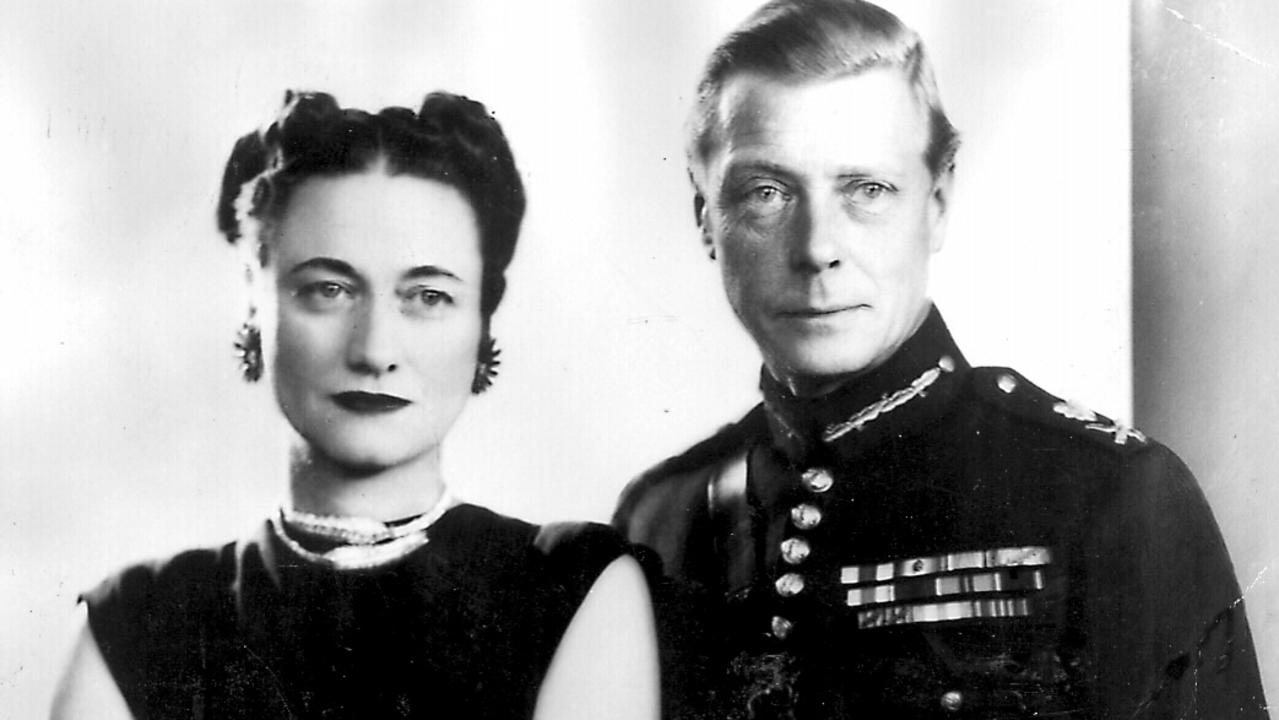
ABDICATION
Following the death of his father George V, Edward ascended the throne on January 21, 1936.
While he was a popular monarch, on October 27 Mrs Simpson obtained a preliminary decree of divorce — presumably with the intent of marrying the King — precipitating a major scandal.
Despite the public condemnation of his relationship and the seemingly united front against him, Edward wasn’t dissuaded.
He proposed a “morganatic” marriage, in which Mrs Simpson would be granted no rights of rank or property. But on December 2, Prime Minister Stanley Baldwin rejected the suggestion as impractical.
With no resolution possible, the King had a choice: love or the crown?
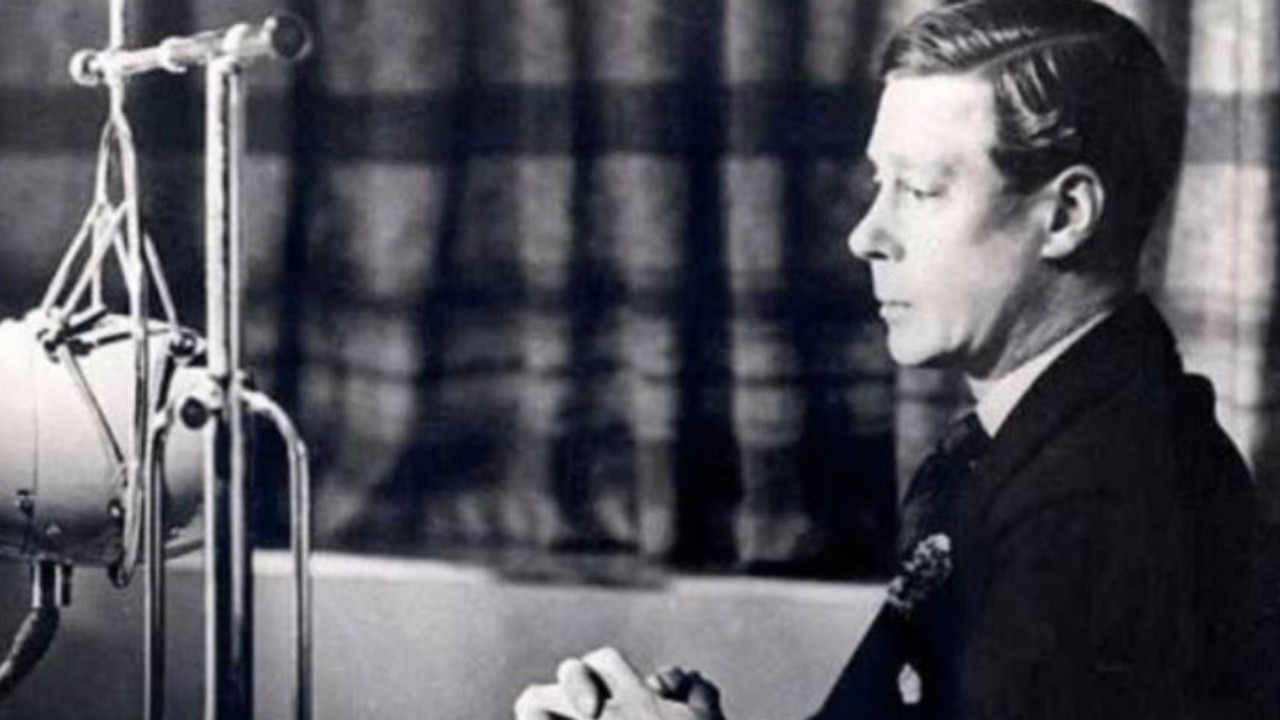
Eight days later, he renounced the throne. On December 11, after less than a year as King, parliament approved the abdication instrument, and Edward’s reign came to an end.
In a historic broadcast, the now Duke of Windsor spoke to a stunned nation, announcing live on air he had abdicated the throne in favour of his brother, George VI, to be free to marry the woman he loved.
“At long last I am able to say a few words of my own,” the outgoing monarch said.
“You all know the reasons which have impelled me to renounce the throne … But you must believe me when I tell you that I have found it impossible to carry the heavy burden of responsibility and to discharge my duties as King as I would wish to do without the help and support of the woman I love.”
He had made the decision “alone”, he said, with Mrs Simpson trying “up to the last to persuade me to take a different course”.
“I have made this, the most serious decision of my life, only upon the single thought of what would, in the end, be best for all.”
The broadcast touched off a sensation both at home and abroad, with Edward — the first English monarch to voluntarily abdicate the throne — proclaiming that, “It may be some time before I return to my native land.”
At 2am on December 12, Edward left England, marrying Mrs Simpson six months later in a small, private ceremony in France.
“We are all overcome with misery,” the Queen Mother wrote to him after he abdicated, “and can only pray that you find happiness in your new life.”
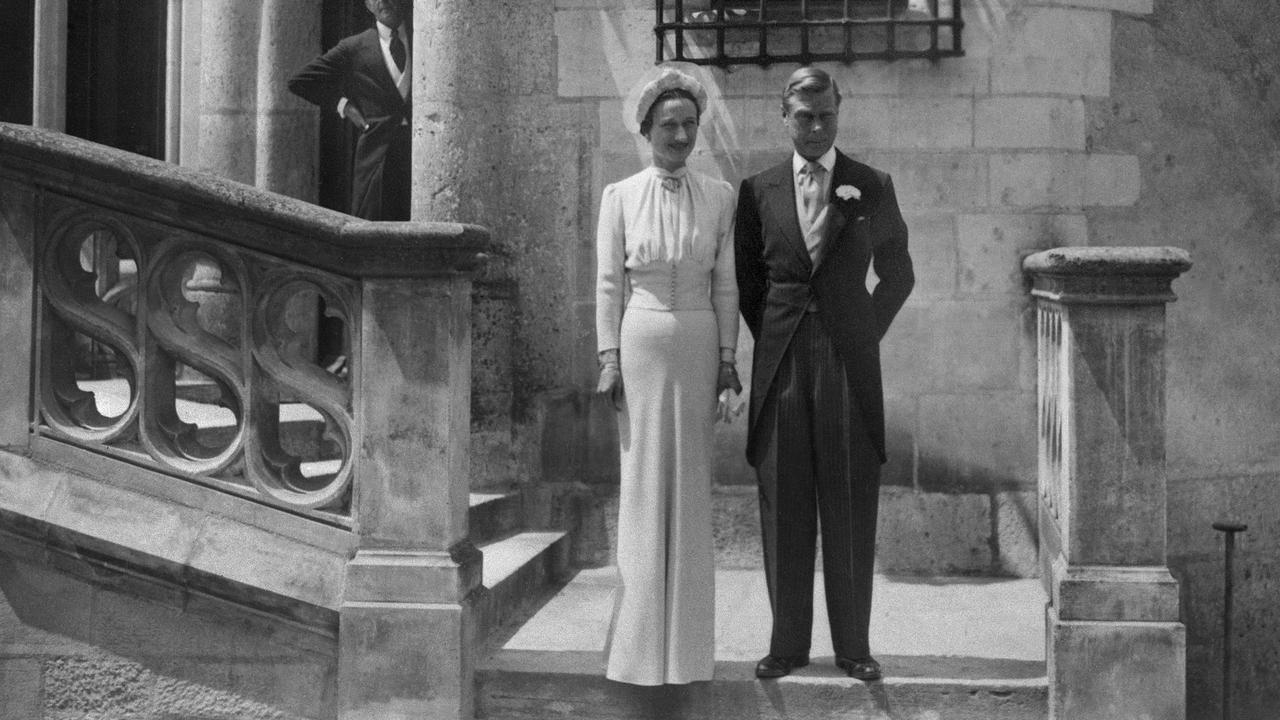
DUKE OF WINDSOR’S DEATH
The Duke and Duchess of Windsor “lived in a virtual self-exile from Britain” following the abdication, basing themselves near Paris and embarking on a jetsetting lifestyle that attracted wide publicity.
The couple remained estranged from the royal family until 1965, when Queen Elizabeth II met them at Edward’s bedside while he was in London for eye surgery. She visited him again, during a state visit to France, before he passed away.
On May 28, 1972, Buckingham Palace issued a statement: “It is announced with deep regret that his Royal Highness, the Duke of Windsor, has died at his home in Paris at 2:25am.”
The Duke’s long-time secretary John Utter said that he had “died peacefully” and of “natural causes”, though it was reported he had been ill for some time.
THE DUCHESS’ STAY AT BUCKINGHAM PALACE
The relationship between the Duchess of Windsor and the Queen Mother was notoriously rocky, especially after the abdication crisis unfolded.
Referring to the aftermath of Edward’s death, biographer Hugo Vickers wrote in his 2015 biography, Elizabeth: The Queen Mother: “Given the long antipathy between the Queen Mother and the Duchess of Windsor, it is not surprising that the Duchess was anxious at the prospect of coming to England.”
Mr Vickers claimed the Duchess of Windsor “was particularly nervous about meeting the Queen Mother” when she arrived back in England for her husband’s funeral.
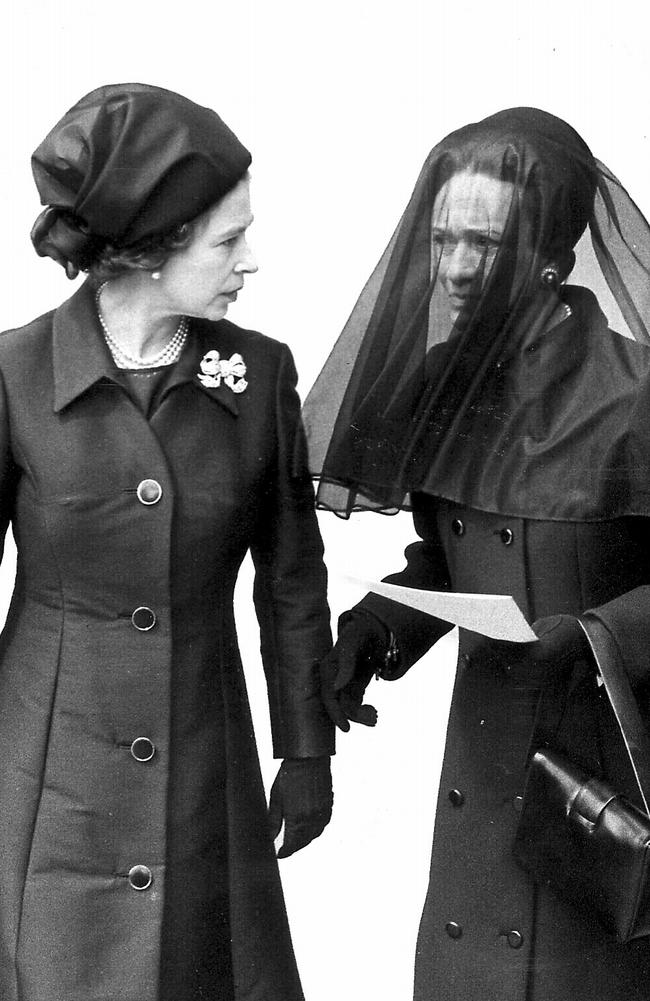
British Royal Navy officer and the Duke Edinburgh’s uncle, Lord Mountbatten was sent to meet the Duchess at Heathrow Airport following her arrival from France, with claims that he put her at ease, saying, “Your sister-in-law will receive you with open arms.
“She is deeply sorry for you in your present grief and remembers what it was like when her own husband died.”
The Duchess stayed at Buckingham Palace ahead of the funeral — only meeting with the Queen Mother on the day the Duke was laid to rest, June 5, 1972.
The former King was buried at Windsor Castle, and 14 years later, his wife, the woman he sacrificed his crown for, was buried beside him.
Their undying romance in the face of opposition is still regarded as one of the greatest love stories of our time — or as a cautionary tale of what might be lost when marrying for love.
“I did not value the crown so lightly that I gave it away hastily,” the Duke explained years after his abdication.
“I valued it so deeply that I surrendered it, rather than risk any impairment of its prestige.”

